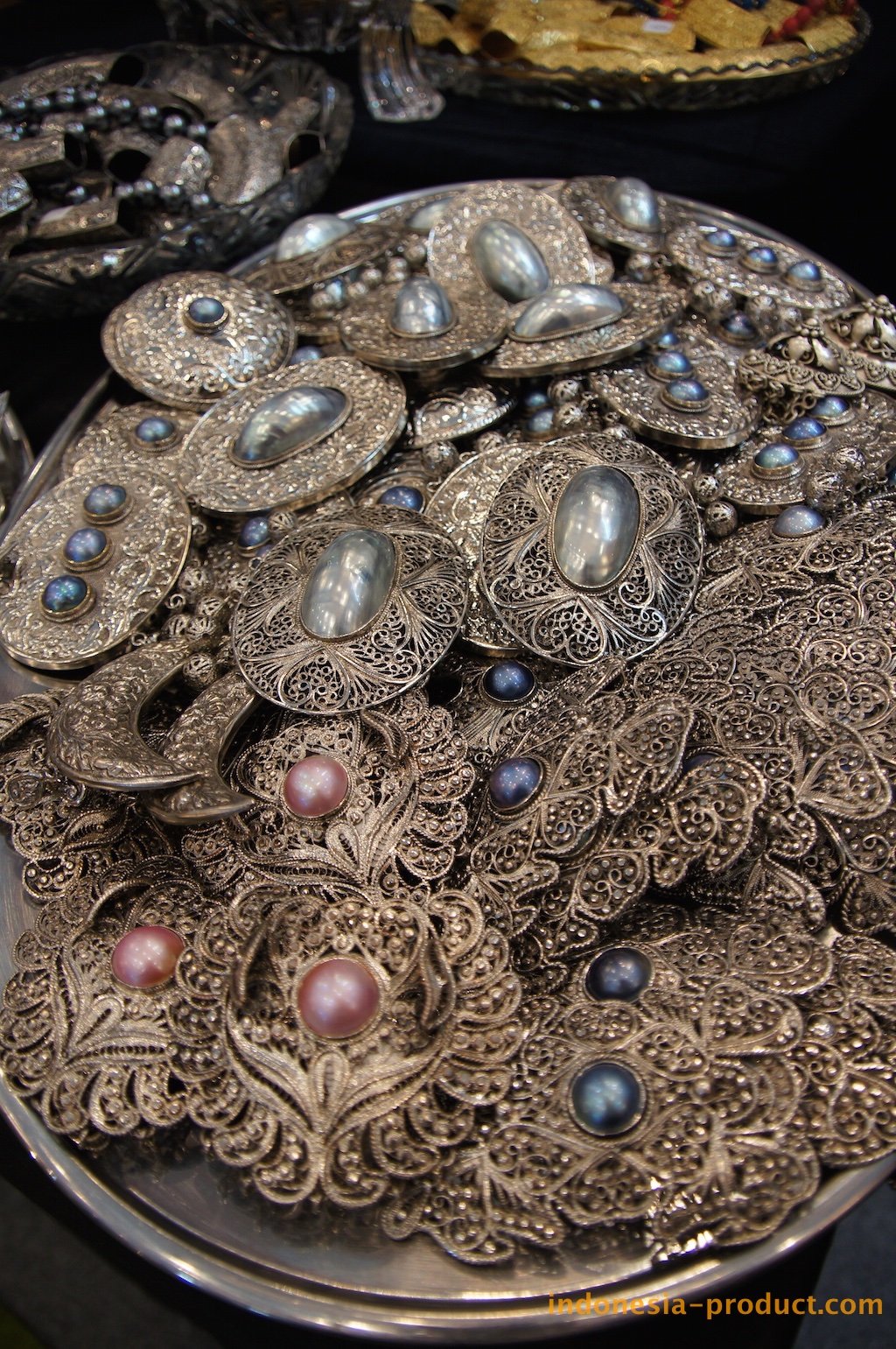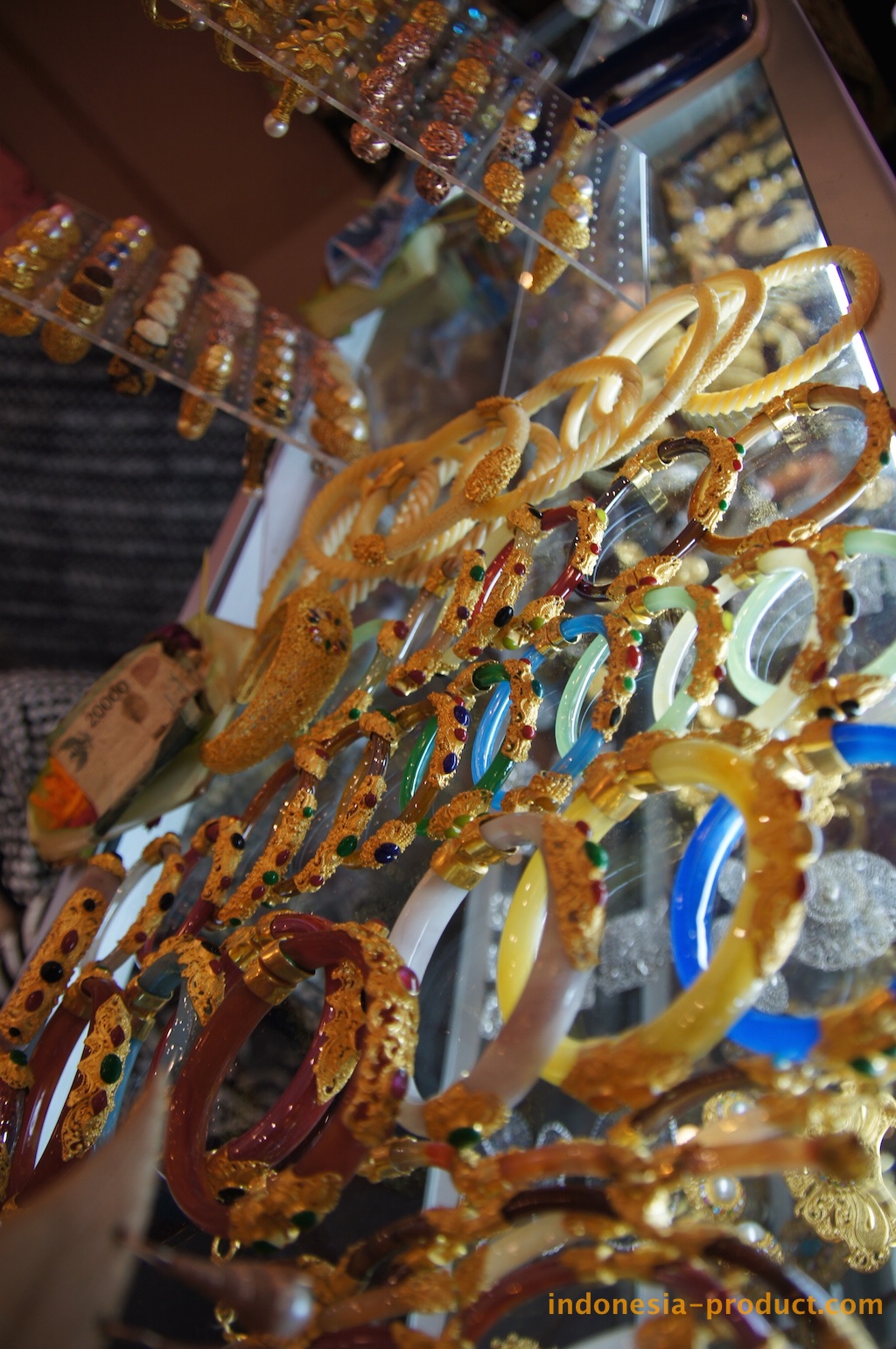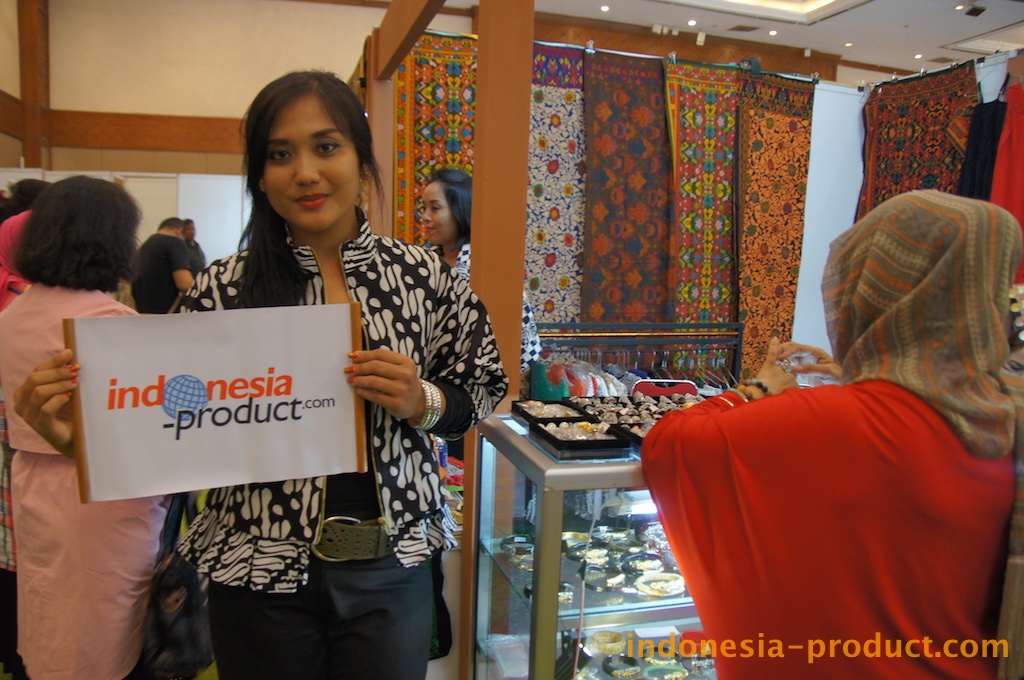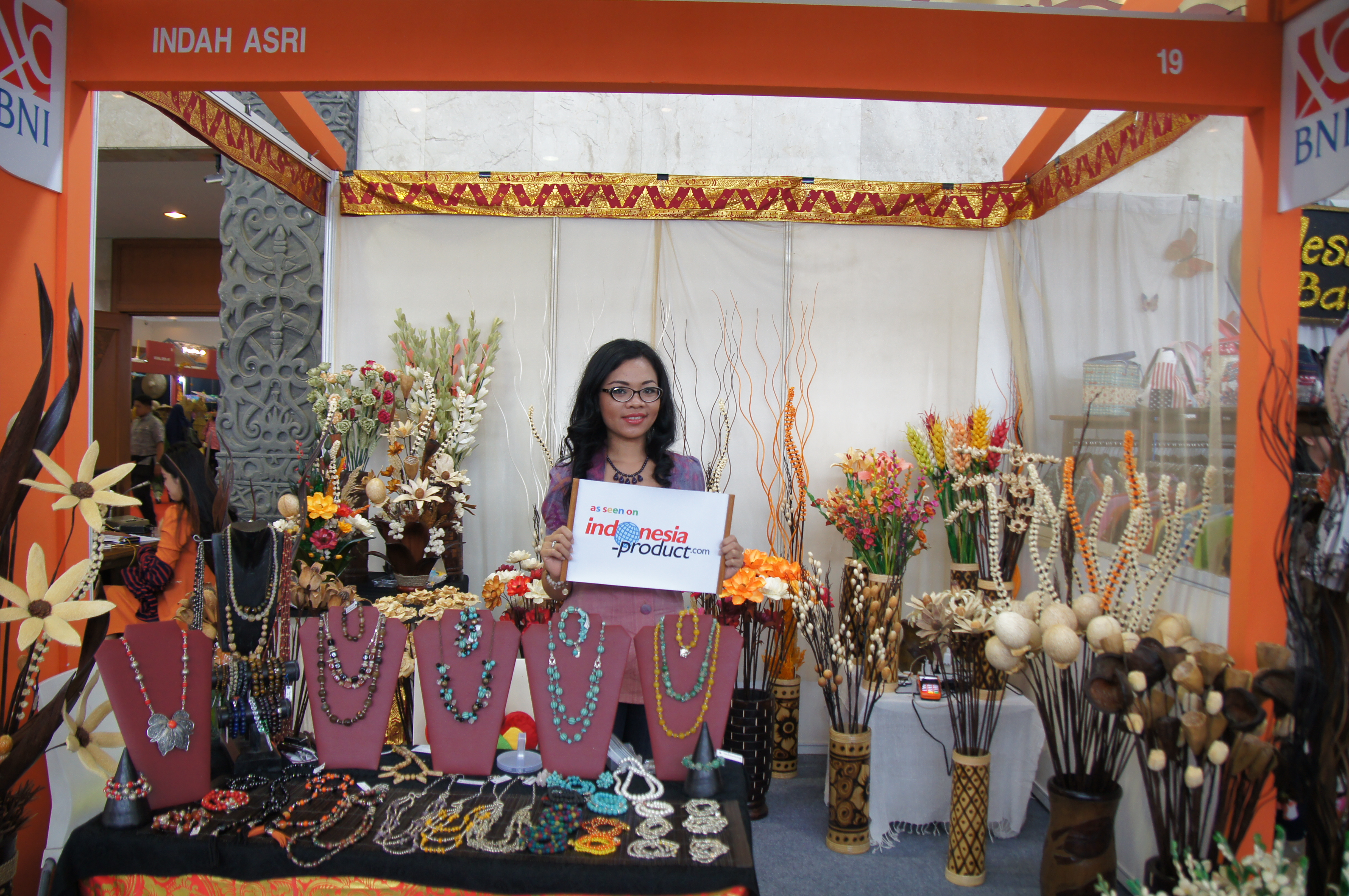Book is guide to costume jewelry
By Marta Salij
Detroit Free Press
Tucson, Arizona | Published: 03.18.2006
advertisement
Can a woman ever have too many fabulous jewels? This is a question we put to Carole Tanenbaum, collector extraordinaire of antique and vintage costume jewelry.
Too many? Consider: She has more than 3,500 pieces in her personal collection and more than 8,000 in her retail Carole Tanenbaum Vintage Collection. (Ogle them at www.truefaux.com)
Fabulous? Oh, yes. She has a particular love for bold, colorful jewelry from the 1950s, the sort of statement-making pieces that take a strong personality to carry off.
Which Tanenbaum cheerfully agrees she has.
“I love the ‘wow’ factor of ’50s jewelry,” she said by phone from her home in Toronto. “Like my personality is kind of bigger than life, so is my jewelry. I’m a very small person — I’m 5 feet — but I wouldn’t think twice about wearing three pins at one time or multiple necklaces.”
Now, Tanenbaum is sharing her love of jewelry from all eras in a book, “Fabulous Fakes: A Passion for Vintage Costume Jewelry” (Artisan, $35) and a bookstore tour.
“Fabulous Fakes” offers hundreds of mouth-watering, full-color photos of jewelry from the late Victorian period through today, bracketed by Tanenbaum’s stories of how history and personalities became reflected in jewelry.
One surprise in her research was to discover the extent of the feud between Coco Chanel and Elsa Schiaparelli in the first half of the 20th century. You know Chanel: the creator of slim, simple suits that begged for multiple costume jewels to adorn them.
As for “Schiap,” as she was called, she’s the designer who coined “shocking pink” as a name for her favorite color. She also dreamed up new ways for women to dress and adorn themselves with costume jewelry, but there the resemblance ends, Tanenbaum says.
Chanel’s designs were classic and elegant, she writes. Schiap’s were influenced by surrealism and were bolder and more daring, with unusual colors of crystals often used in pear and octagonal shapes in the same piece. Those are much-sought by collectors today, Tanenbaum says.
The photos and histories in “Fabulous Fakes” are fun, but many readers will want to know how to start a collection themselves.
Tanenbaum buys with an eye to condition first, and that’s her advice for new collectors. Look for pieces in excellent, original condition and pass by pieces that have been remade or renovated.
Another question: What’s the difference between costume and fine jewelry?
Today, she says, the line is well-drawn: Fine jewelry has precious stones and is set in gold or platinum. Most everything else is costume.
But in earlier eras, some semiprecious stones figured in what would today be collected as fine antique jewelry.
Other pieces, such as the Scottish plaid pins she shows in her book, are carved from agate, malachite, bloodstone and even granite — no sparkly gemstones at all. Nonetheless, they are highly collectible.
As for eBay and Web sites such as www.rubylane.com, Tanenbaum thinks they’re a boon to collectors — if buyers approach them with proper care.
To protect yourself, don’t even bid unless you have an assurance from sellers that they’ll take the piece back, should you discover it’s not what was advertised.
Tanenbaum has bought many pieces in her existing collection from online sellers, but she avoids the types of jewelry that counterfeiters seem to target — for instance, the much-collected midcentury jewelry of Miriam Haskell.
“I would never buy a Haskell on the Internet,” she says. “Eighty percent of those Haskells on the Internet are embellished ‘Haskells.’ ”
In January, Katie Hafner of the New York Times published a story about the growing discontent among jewelry collectors over fakes on eBay, such as fake Weiss Company brooches.
“That’s very discouraging because generally, when something is reproduced, it’s a high-end item, and people can get a lot of money for it,” Tanenbaum says. “But Weiss jewelry is generally not that expensive. The Weiss butterflies, the authentic Weiss butterflies, are not expensive. So it’s curious to me that anyone would reproduce them, when you can get the real thing for anywhere from $45 to $75.”
If you’re looking for an area to collect that hasn’t been picked over, Tanenbaum suggests you look at Bakelite dress clips — not the much-collected (and faked) Bakelite bangles.
Or consider wooden figural jewelry from between the world wars that was handmade, not mass-produced.
“It just hasn’t caught on yet,” she says. “I love the pieces, and I think that one day they’ll be popular.”
And if you have the money, buy present-day jewelry created for couture collections, such as Giorgio Armani or Miuccia Prada pieces. The jewelry is made in small quantities to create a fashion statement, so it’s often very original.
“Though it’s expensive today,” she says, “it’ll be the Mona Lisas of tomorrow.”





